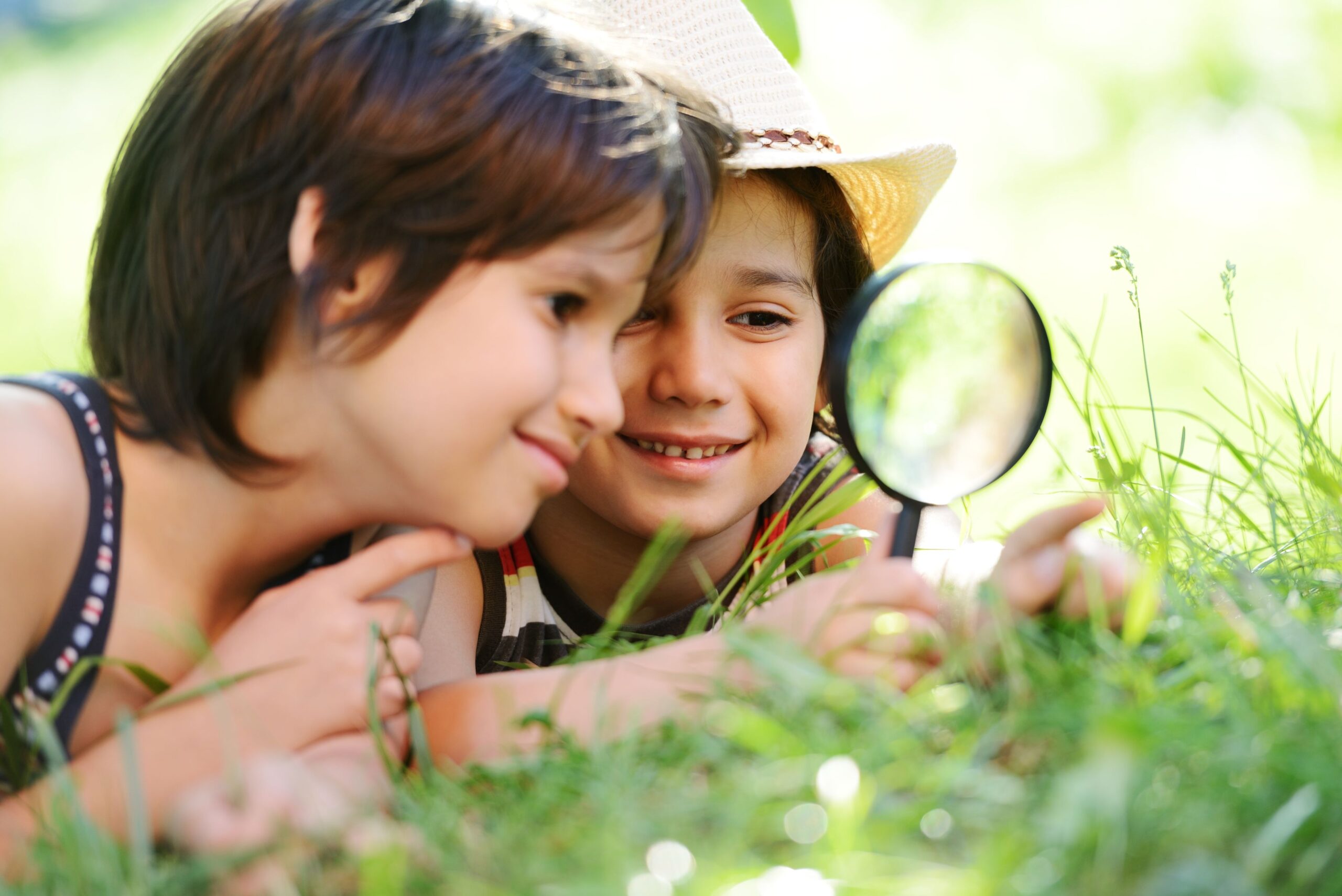
26 Mar Cultivating the Scientific Mind at a Young Age
Not every child will grow up to become a scientist. But developing a child’s ability to reason and think scientifically is essential to their development.
Science can create better critical thinkers and problem solvers. Science can also teach children to practice compassion and responsibility towards the world around them.
How can parents teach science to toddlers and preschoolers? How do you encourage and cultivate a child’s scientific mind at a young age?
At Sugar Mill Montessori, science is a large part of our curriculum and day-to-day activities, and we’re here to share ways parents can nurture and cultivate the scientific minds of their children at home! If you’d like to learn more about Montessori scientific education, contact us today!
Let’s get started.
Spend Time in Nature
A child who thinks deeply, critically, and scientifically has the ability to peacefully observe the sights, sounds, and smells in their environment without distraction. But between television, toys, and tablets, there’s no shortage of distractions in your child’s everyday environment.
By making it a point to shut these distractions off and get out in nature more with your child, you’ll not only improve their mental and physical health. You’ll also provide them with endless opportunities to develop their observational and critical thinking skills.
When venturing outdoors with your child, pause frequently to observe everything around you. How you navigate your time outdoors and encourage observation will depend on your child’s age.
For toddlers, it’s all about familiarizing them and putting names to things like trees, plants, and animals. It’s also an opportune time to promote inquisitive thinking and self-restraint.
Stop to smell flowers. Point out the squirrel or bird. When you come across a larger animal like a deer or rabbit, stop, practice your quiet voices, and let the animal go on its way.
Gently lift things like rocks or fallen logs. Notice the earth, damp soil, and bugs underneath them. And then use this as an opportunity to teach your child to put things in nature back where you found them.
Ask Questions
Whether you’re out in nature with an older child or at home, practice asking them open-ended questions. These are the types of questions where they can’t reply with “yes” or “no.” Here are some examples:
- Where did the fallen leaves come from? Why did they fall from the trees?
- The deer eats bark, berries, and plants. Is it an herbivore or a carnivore?
- What smells, sounds, or animal prints do you notice around you? Where did they come from?
If you’re not out in nature, here are some science-related trivia questions and conversation starters you can have with your child:
- Why do birds fly south in the winter? Why don’t deer or bears travel south in the winter?
- Why do the stars appear so small in the sky?
- What would happen if it didn’t rain? What would happen if it rained too much?
Keep in mind that your child may not know the answers to these types of questions. Be prepared to answer and explain any questions you prepare to ask. You’ll not help your child gain more scientific knowledge, but more importantly, you’ll help them practice critical thinking and reasoning.
Redirect Your Child’s Attention & Behavior
Young, observant minds require a great deal of self-restraint and self-discipline ‒ but distractions and misbehavior are bound to happen.
In Montessori education, we strive to teach our children freedom by establishing self-discipline. Through repeated practice of redirection, our children can develop self-discipline and newfound independence that allows them to better observe and navigate in their environment.
So, how do you redirect a child so they’re calm, self-restrained, and observant?
Let’s say you and your child are out on a nature walk. Your child begins throwing sticks and rocks.
Instead of yelling at them, you could say: “We don’t throw sticks and rocks. They belong on the ground, but we can pick them up and place them away from the trail so animals and other people don’t trip over them.”
You could even take it a step further and observe the science in the situation by explaining how the sticks and rocks fall to the ground because of gravitational pull.
Remember to be patient with your child. Treat every instance of bad behavior or lack of attention as opportunities to teach your child about self-discipline or even science.
Practice Science
As children enter elementary school, they begin to understand the world through the lens of science and develop an understanding of how and why things work. With that said, you and your child can practice science activities and experiments at home. Here are some simple scientific activities:
- Mix vinegar & baking soda.
- Make homemade play dough (& show your child what happens if you leave it out overnight.)
- Fill a bowl with ice, let it melt, & then boil the water.
- Place white flowers (with their stems) in food-colored water & watch what happens.
Your child may exhibit a real interest in science, or if you’ve already tried these activities before, check out these other awesome science experiments!
Cultivate Your Child’s Scientific Mind
Your child doesn’t have to become a little Einstein, but by cultivating their scientific mind, you can shape their personality in positive ways and enrich their lives for years to come.
For some children, science may even become a lifelong passion of theirs. If your child shows extended interests in science, hone in on the areas that interest them most and encourage them to learn more (which you can do with them!)
Science is a major part of our curriculum here at Sugar Mill Montessori. If you’d like to learn more or are interested in enrolling your child, get in touch with us today!



Sorry, the comment form is closed at this time.